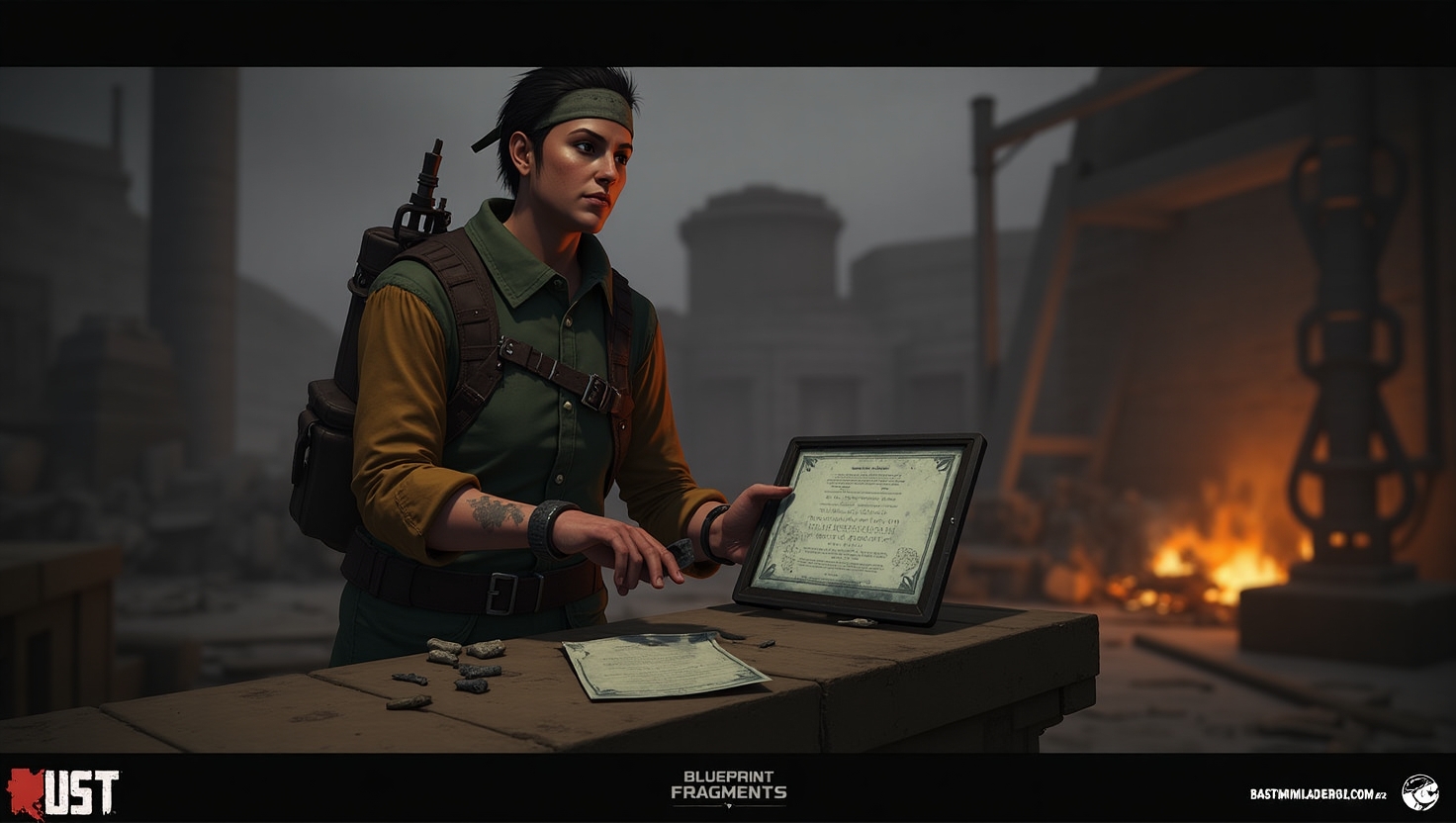Rust Update: Meta Shift and the Return of Blueprint Fragments
Introduction
The highly-anticipated Rust Update, notably referred to as the \”Meta Shift,\” made its grand entrance this October, sending waves through the gaming community. Rust players, both seasoned veterans and fresh fledglings, awaited this update with bated breath, eager to explore the changes introduced by the developer, Facepunch. The Rust Update signifies a pivotal moment with substantial alterations in gameplay mechanics, particularly addressing \”stale progression,\” a concern echoed by the community in recent months. In this piece, we dive into the nuances of this update and explore terms like \”Blueprint Fragments\” and \”Meta Shift,\” analyzing their impact on Rust’s vibrant ecosystem.
What is the Meta Shift?
In gaming parlance, a \”Meta Shift\” denotes a significant change in game mechanics or balance, often reshaping strategies and player interactions. Within the context of Rust, this update aims to confront and dismantle the repetitive cycle that had settled into gameplay progression, disparagingly termed as ‘stale.’ Facepunch, the developers behind Rust, have voiced concerns over the game advancing too predictively, with scrap—a crucial currency—permeating all aspects of gameplay, thereby diminishing its value.
This update is a strategic maneuver to refresh gameplay, much like revamping the rules in a board game to keep players on their toes. The commitment shown by Facepunch to foster a dynamic environment bears significant merit, which we’ve observed through a host of purposeful changes designed to inject freshness and challenge.
Introduction of Blueprint Fragments
The resurrection of Blueprint Fragments in the Rust Update stands as a cornerstone to this shift. Blueprint Fragments, a relic from Rust’s past, offer players a reward mechanism encouraging exploration and engagement. Players can collect these fragments to eventually craft new blueprints, thereby retaining the thrill of discovery and progression without succumbing to the scrap-saturated landscape.
The community’s reaction to the comeback of Blueprint Fragments has been largely positive. Enthusiasts of the game appreciated this feature’s return as it recalibrates the balance between effort and reward. Ken Allsop, an active member within the Rust community, remarked on online forums about the \”invigorating sense of exploration\” that these fragments bring, contrasting Rust’s previously predictable pathways.
Key Gameplay Changes
The Rust Update is not merely about adjusting the game’s foundational structure; it also introduces a range of gameplay changes that further enhance player engagement. These changes include:
– New loot locations: By reshuffling loot spots, players are encouraged to tread new paths, which could dynamically alter clan dominance and skirmish outcomes.
– Adjustments to item rewards: This modification aims to promote diversity in gameplay interactions and incentivizes venturing into unexplored territories.
In terms of technical enhancements, the update addresses performance issues, notably with texture streaming to manage VRAM usage, thereby ensuring smoother gameplay even in visually demanding situations.
Addressing Stale Progression
Stale progression refers to the monotonous, unchallenging game flow experienced when there is little variation in advancement paths. This update attempts to rectify that by adjusting reward structures and loot distribution to foster a more balanced game environment. As per insights from Facepunch, the economic equilibrium had been disrupted by an abundance of scrap, resulting in an expedited and uncomplicated progression pathway (\”The current progression meta has grown stale…with scrap inflation\”). The update’s solution involves recalibrating economic aspects and introducing barriers that encourage players to earn their progress deservedly (PCGamesN).
Strategies for Effective Loot Distribution
A significant change in the Rust Update is the strategic redistribution of loot, likened to a treasure map being redrawn to new, uncharted territories. This not only reinvigorates crafting and survival mechanisms within the game but fosters a renewed sense of wonder and exploration. Players are already devising strategies to adapt, weighing risks and rewards associated with venturing into newly designated loot zones.
The community has started to share comprehensive guides and maps, altering standard operational procedures for clans and solo players alike. This emergent gameplay promotes adaptability, which is crucial in a game where survival hinges as much on knowledge as it does on skill.
Conclusion
In conclusion, the Rust Update has spurred a transformative shift within the game, ensuring its longevity and vitality. Through comprehensive changes like the reintroduction of Blueprint Fragments, new loot mechanics, and performance enhancements, Facepunch has reiterated its commitment to crafting an engaging gaming experience. While players are beginning to assimilate these changes, the community is buzzing with creative strategies and shared experiences.
As Rust continues to evolve, we encourage you to share your experiences with the Meta Shift. How has it changed your approach? What new strategies have you devised? Join the conversation and keep the discourse vibrant and insightful.
For those interested in a deeper dive, check out this detailed article detailing the October update features and developer insights.

